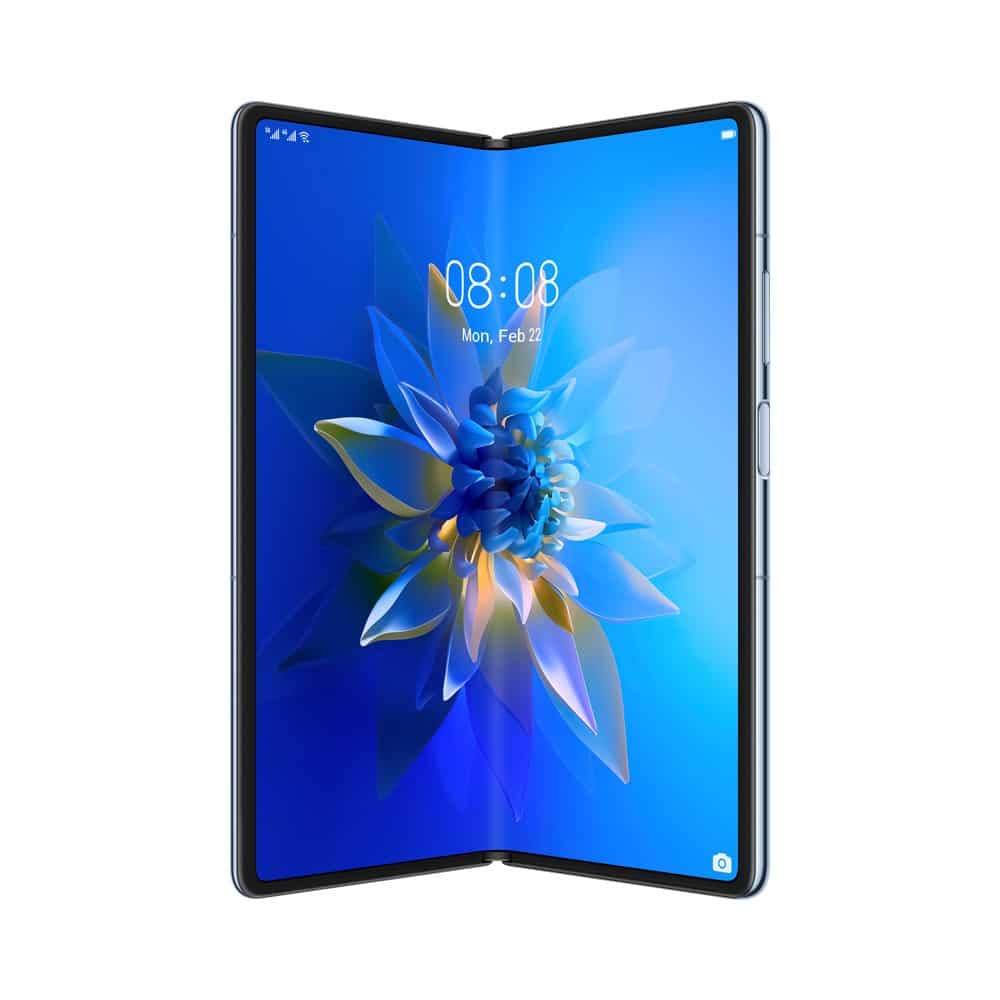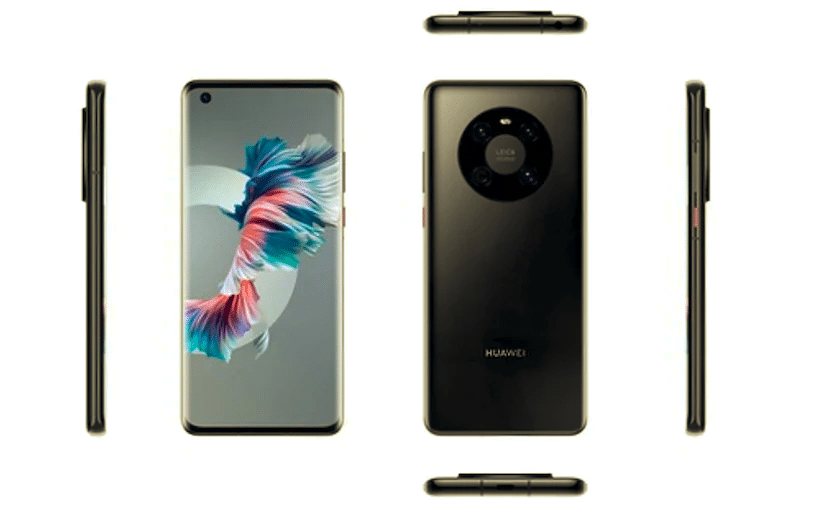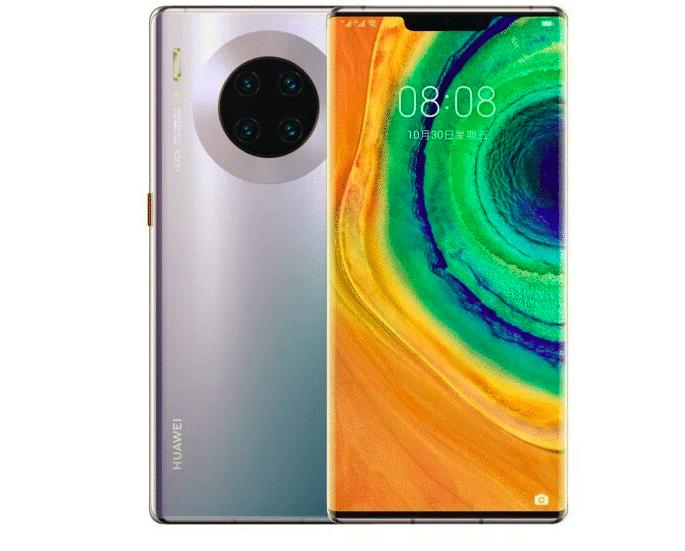
Huawei has finally launched the much-rumored Huawei P50 series. This time around, the new series consists of Huawei P50 and P50 Pro; there is no “Pro+” variant. Both of the new devices arrive with upgraded cameras and other important bits of hardware.
Huawei P50 Features, Specifications
The Huawei P50 comes equipped with a 6.5-inch OLED display with FHD resolution. It offers a refresh rate of 90Hz and supports HDR. The device is powered by Snapdragon 888 mated to 8GB of RAM. On the storage front, you get to choose between 128GB/256GB storage. Also on offer is a microSD card slot.
Camera options on the Huawei P50 include a triple rear camera setup. The primary sensor is a 50MP unit with f/1.8 and Optical Image Stabilization. Next up is a 12MP periscope sensor that offers 5x zoom with OIS. Lastly, you get a 13MP ultrawide sensor. The Huawei P50 touts a 16MP selfie sensor. Other camera features include Leica optics, panorama, HDR, and 10-channel color sensors.
The Huawei P50 runs HarmonyOS 2.0 out of the box. It is backed by a 4,100 mAh battery supporting fast wireless charging of up to 50W and 66W wired charging.
Huawei P50 Pro Features and Specifications

Huawei P50 Pro comes equipped with a 6.6-inch curved OLED display that offers a resolution of FHD+. Compared with the vanilla version, it offers a higher refresh rate of 120Hz and supports HDR. Interestingly, the Huawei P50 Pro lets you choose between two chipsets. One is Kirin 9000, while the other is Snapdragon 888. Storage options include a choice between 128/256GB/512GB alongside a microSD card slot. Meanwhile, the top-end variant comes with 12GB of RAM and 512GB of storage.
Camera-wise, the Huawei P50 Pro borrows the 50MP primary sensor from the vanilla version. The rear camera setup includes a 13MP ultrawide angle and 12MP periscope sensor with OIS. Powering the device is a slightly larger 4,360mAh battery that supports fast charging of up to 66W. Both Snapdragon 888 and Kirin 9000 support 5G. However, the new Huawei P50 series only supports 4G. Perhaps this helps the company release a global version instead of a separate 5G/4G variant.


















